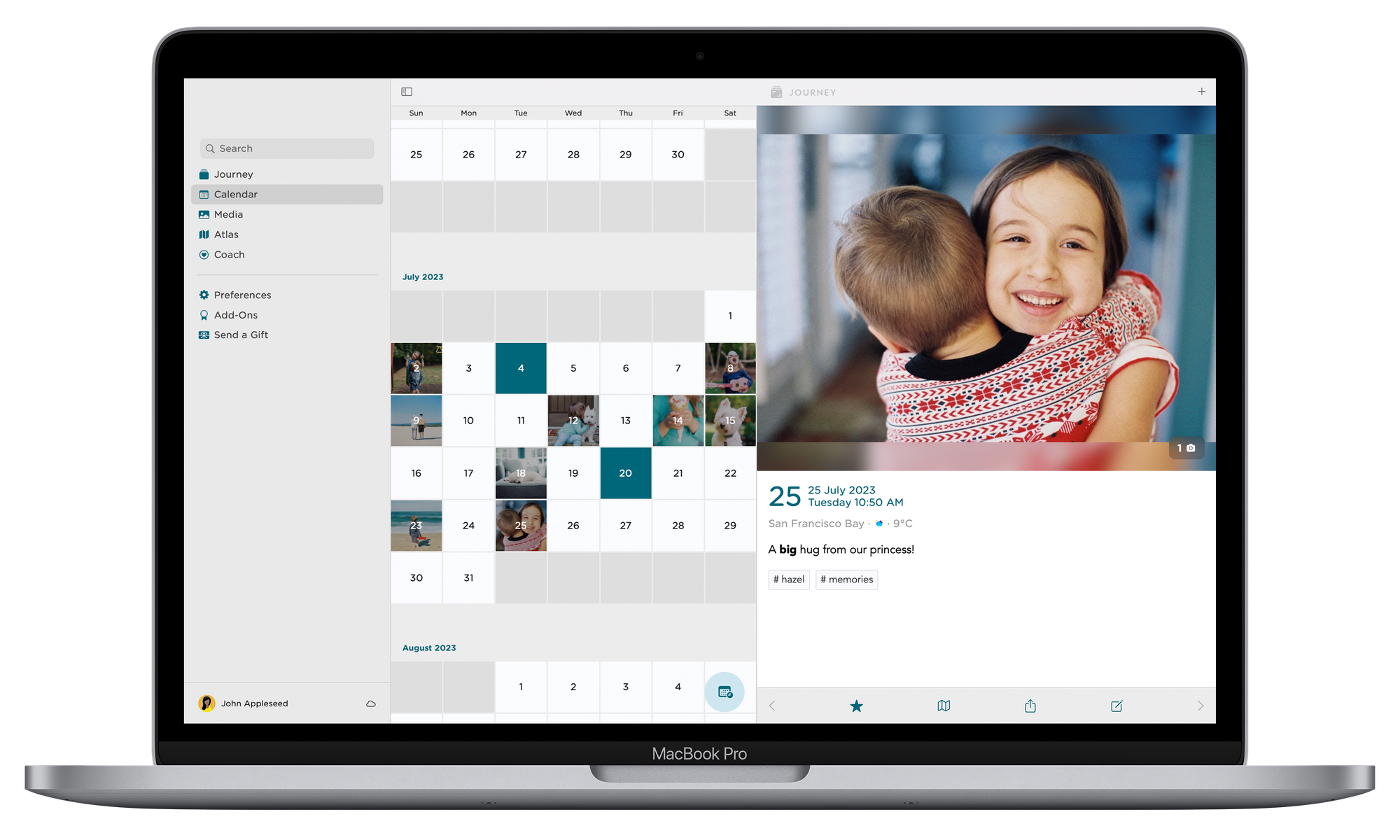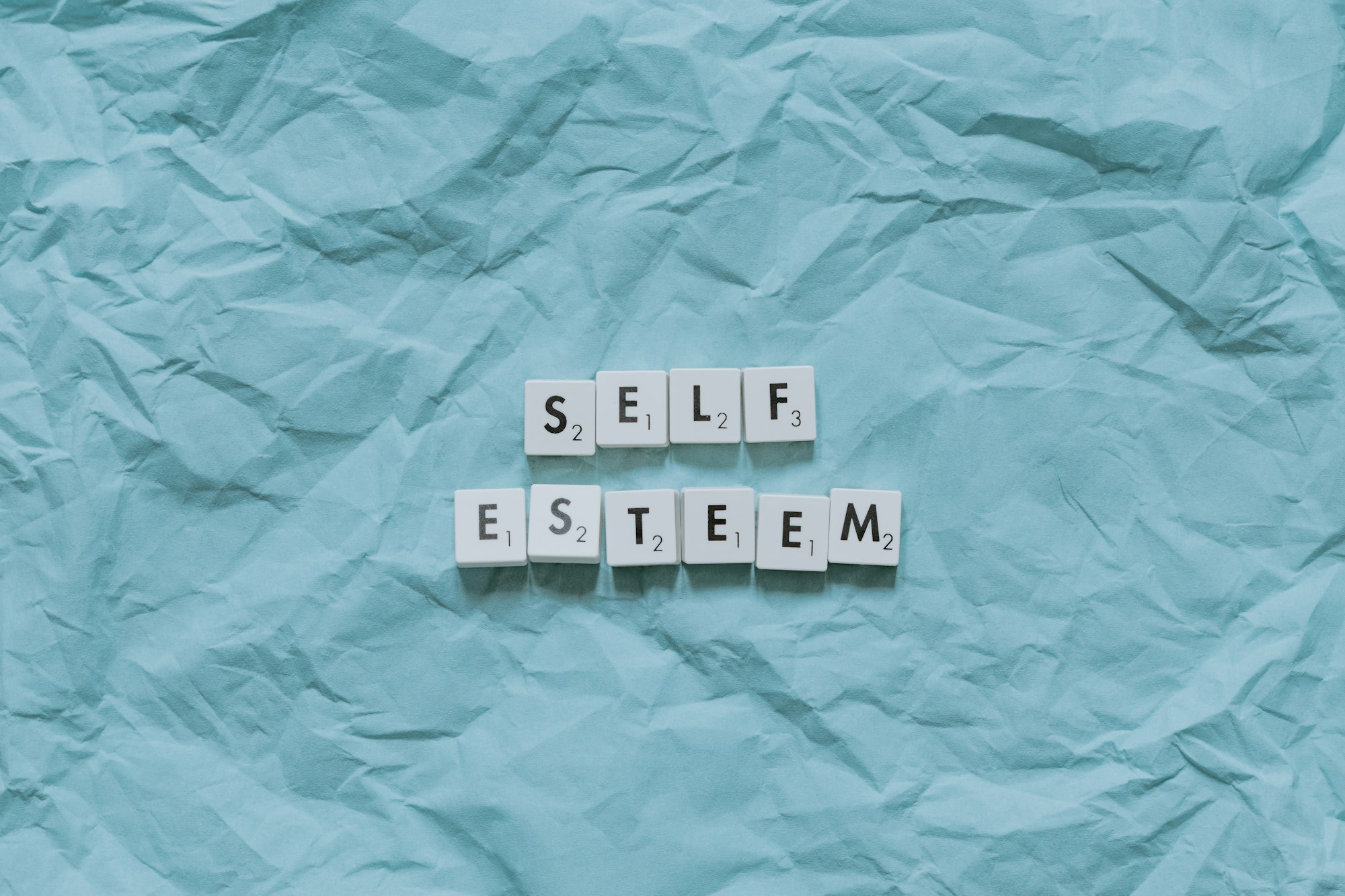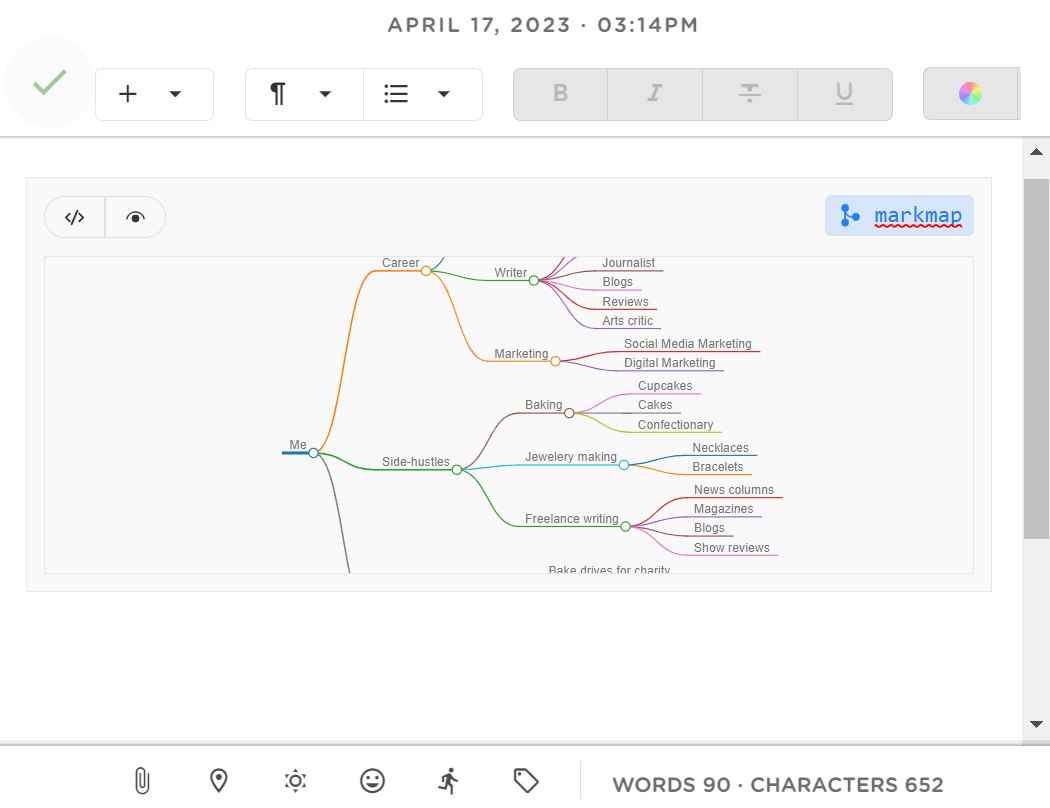"Designing Your Life; How to Build a Well-Lived, Joyful Life" - 8 Steps To Building The Life You Want
"Designing Your Life" by Bill Burnett and Dave Evans offers a unique perspective on life design that combines the principles of design thinking with practical tools and exercises. Read on to find out more about how you can create a fulfilling and meaningful existence

Nearly everything in our daily lives, from the technology we use to the furniture we sit on, is a product of design. In a time that design thinking is being understood as a problem-solving approach used by designers to create solutions and construct new environments, the authors of "Designing Your Life," Bill Burnett and Dave Evans, believe that design thinking can be applied to our personal lives too; to help us create a fulfilling and meaningful existence, regardless of our age, background, or career.

Burnett and Evans believe that by using the same principles responsible for revolutionary technology and spaces, we can design and construct our careers and lives to be creative, productive, and full of potential. Their book provides guidance on how to apply design thinking to our lives to achieve a fulfilling, joyful, and surprising future.
Read on to find out more about what "Designing Your Life" offers and to understand the key concepts of the book better.
What is the book "Designing Your Life" about?
"Designing Your Life" is a book written by Bill Burnett and Dave Evans that guides readers in designing their ideal life through applying design thinking principles. The book is a practical guide that offers tools, tips, and exercises to help individuals create a fulfilling life and career.
The authors, who are both professors at Stanford University's design program, believe that life is a design project, and just like any design project, it requires intentionality, experimentation, and iteration to succeed. They apply the principles of design thinking, which is a human-centered approach to problem-solving used by designers, to help readers approach their lives with creativity and innovation.
What can a "well-designed life" look like?
Living a well-designed life, according to Burnett and Evans, involves being innovative, efficient, flexible, and open to unexpected opportunities. Similar to developing a good product, designing a life that is satisfying, content, and pleasurable first requires being comfortable with tackling significant challenges and resolving fundamental concerns of yours.
To live a well-designed life, you need to first get comfortable with answering "big" questions. Some of the "big" questions include:
- Who do I want to be in my life?
- What do I want my life to look like?
- How do I find a job that I like, or even love?
- How do I build a career that will make me a good living?
- How do I balance my career with my family?
- How can I make a difference in the world?
If you do not allocate time to answer these questions, you might end up diverging from the route that leads to contentment, happiness, and health. Answering these questions is only the initial step towards harmonizing your identity, principles, and actions. Once these three elements are in harmony, you are on the correct course.

8 Steps To Designing a Well-Lived, Joyful Life
Here are Burnett's and Evan's recommendations as to how to go about designing a life that is meaningful and fulfilling.
1. Understand the "The Four Prototypes" framework
"The four prototypes" are different life models that individuals can use to design their lives, including the work view, the life view, the play view, and the love view. Each prototype represents a different aspect of life that individuals can focus on to create a fulfilling life. In order to know where you are going, your first need to know where you stand. Life is a balance across these 4 different areas.
These "four prototypes" were developed by the authors to help readers design their lives. The four prototypes are:
- The Work View
- The Life View
- The Play View
- The Love View
1. The Work View
The Work View" focuses on designing an ideal work life or career that aligns with one's interests, values, and skills. This prototype encourages readers to approach their career as a design project, using the principles of design thinking to create a fulfilling and meaningful work life. This includes identifying one's strengths and weaknesses, exploring different career paths and opportunities, and prototyping and testing various options to find the best fit.
The authors emphasize that "The Work View" is not just about finding a job but also about creating a fulfilling and meaningful career that aligns with one's values and aspirations. They suggest that by applying design thinking principles to one's career, readers can create a work life that is both satisfying and fulfilling.
2. The Life View
"The Life View" is focused on designing an ideal personal life outside of work, including one's relationships, hobbies, and personal interests. It encourages readers to approach their personal life as a design project, using the principles of design thinking to create a fulfilling and balanced life. This includes identifying one's values, exploring different leisure activities, and prototyping and testing various options to find the best fit. The authors argue that by considering "The Life View" prototype, readers can create a fulfilling and balanced life outside of work that aligns with their values and aspirations.

This prototype provides readers with a framework for designing an ideal personal life that complements their career and enables them to achieve a fulfilling and meaningful existence. By applying design thinking principles to their personal life, readers can create a well-rounded and balanced life that aligns with their unique needs and values.
3. The Play View
"The Play View" prototype focuses on designing an ideal leisure time, including activities that bring joy and fulfillment outside of work and personal relationships. It encourages readers to approach their leisure time as a design project, using the principles of design thinking to create a fulfilling and enjoyable free time. This includes identifying one's interests and hobbies, exploring different leisure activities, and prototyping and testing various options to find the best fit.
The authors believe that by considering "The Play View" prototype, readers can create a fulfilling and enjoyable free time that aligns with their interests and aspirations. This can include hobbies, sports, travel, and other leisure activities that bring joy and fulfillment.
4. The Love View
"The Love View" focuses on designing an ideal relationship or romantic life. This prototype helps readers to approach their romantic life as a design project, using the principles of design thinking to create a fulfilling and meaningful relationship. This includes identifying one's values, exploring different types of relationships and partners, and prototyping and testing various options to find the best fit.
The authors mention that by considering "The Love View" prototype, readers can create a fulfilling and meaningful romantic life that aligns with their values and aspirations. This can include finding the right partner, building a strong and healthy relationship, and creating a fulfilling romantic life that complements their personal and professional goals.

2. Reflect about where you are now with "The Four Prototypes
To understand where you are, rate your life on a scale from 0 to 10 for each area: Health, Work, Love, and Play. Whip out your journal, and write a paragraph that describes why you chose that rating. Supplement this rating by thinking about what’s going well in each area, what’s missing, and why it is missing. When you journal, spend at least 30 minutes on this exercise. This will begin your process of clarifying where you are so that you can start mapping out how that relates to where you are going.
3. Adopt a Designer's Mindset
"Designers don't think their way forward. Designers build their way forward.”
Here are the five mindsets you must adopt along this journey:
- Stay curious - To design a fulfilling life, it's important to approach it with curiosity and child-like imagination. Asking questions and exploring opportunities is key.
- Try new things - Instead of overthinking, it's better to take action and try new things. Remember to prioritize action over thoughts.
- Reframe problems - When faced with problems, try to reframe them and see them in a different light. This can help you identify the right solutions.
- Embrace the process - Designing your life is a process, with successes and failures along the way. Learn from your mistakes and focus on the journey.
- Reach out for help - Don't be afraid to ask for help. Collaboration is important in both design thinking and everyday life. Involve others, including mentors and communities, in your design process when necessary.
4. Connect the Dots
In the book "Designing Your Life," "connect the dots" refers to the process of reflecting on your life experiences, identifying patterns and themes, and using those insights to inform your career and life choices. The concept is based on the idea that, in hindsight, we can often see how seemingly disparate experiences and skills can be connected and used in unexpected and meaningful ways.
By reflecting on your past experiences and connecting the dots, you can gain a better understanding of your strengths, values, and interests, which can help you make more informed decisions about your future. This process can also help you identify potential career paths and opportunities that you might not have otherwise considered.
Burnett and Evans looked in the positive psychology literature and in the design literature and found that there are three specific and important identities that shape our lives: "who you are", "what you believe" and "what you do".
1. "Who are you?" - Burnett and Evans refer to this as “Lifeview,” which is simply your ideas about life and how it works. What is the meaning of life? What matters to you? What’s important to you? Travel? Wealth? Family? What makes your life valuable and worthwhile? How would you describe an ideal lifestyle?
2. "What do you believe?" - If “Lifeview” reflects your philosophy on life, your “Workview” is what reflects your relationship with work. What does work mean to you? What defines meaningful work? It’s less about what work you want to do and more about why you work. For instance, do you see work as a means to an end or an end in itself?
3. "What you are doing?" - What activities fully engage you and positively energize you? What gives you joy? When do you feel like you’re entirely immersed and joyful in what you're doing? What do you do for the love of doing, without being distracted by concerns about the outcomes?
If you can make a connection between these three, you will experience your life as more meaningful. To help connect the dots, write about why you work — your "work view". To answer this larger question, reflect on these questions and write out roughly a page as well:
- What’s your theory of work?
- What’s it for?
- What’s work in service of?
- Why are you here?
- What is your view of how the world works — your life view?
If you have yet to think about these larger questions, it might be time to get started. Journaling and reflecting on questions like this will allow you to understand where you are in life right now, and what you have to do to get to where you want to be. Just like meditation, or trying out something creative, journaling comes with a whole host of benefits for your mental and emotional health. If made a consistent habit, you can reap the benefits of this activity even more.

If you're looking into getting into daily journaling as a habit, and you have never journaled regularly before, you can consider downloading a digital journaling app like Journey to help you get started and guide you along. Journaling helps to alleviate stress, remain focused on your goals, helps you keep track of your days, and in the long-run, and gain clarity about where you want to be in your life. Answer these big questions, maybe one question a day for the next week, in a digital diary like Journey and enjoy being able to write anytime, anywhere.
When you can connect your work view and your life view together in a coherent way, you’ll start to experience your life as meaningful.
5. Recognize your "gravity" problems
There's a type of problem called a "gravity problem" which refers to circumstances that can't be changed or that you're not willing to change. These problems can keep you stuck and prevent progress. For instance, if a friend is unhappy with their job or partner but isn't willing to take any action, then that problem becomes a gravity problem. It's something they can't solve because they're not willing to work on it.
If you recognize that you have a gravity problem, the next step is to accept it and decide how to move forward. You can either reframe the circumstance and work with it or find a work-around by doing something completely different.
It's important to be cautious of gravity problems because they can hinder progress. Once you accept them, you can decide on a strategy to either work through them or find an alternative path.
6. Get past limiting beliefs and build alternatives with mind-mapping
Now that you’re now aware of where you are today and what areas of your life need attention, you’ve identified what matters to you and what your values are, and you’ve identified which activities in life give you a sense of fulfillment, you can build a compass that will serve as your lever for making decisions. Through this, you can find a direction to move into.
To build your compass, we need to get past some limiting beliefs that will allow us to find alternative paths towards our ideal lives. Realize that you’re not stuck. In fact, realize that you can never be stuck because you can always generate lots of ideas on how to move forward in life and immediately act on them. There’s always something you can do in a given situation. The equation comes down to resourcefulness—not a lack of options.

Next, it's important to realize that you don't need to find the one perfect idea to take action. Instead, brainstorm a few different options, evaluate their feasibility based on certain factors, and then select one to explore as a potential solution.
To start breaking free from feeling stuck and coming up with fresh options, a useful compass or tool to build would be a mind map. This was developed by Design Thinkers and is an ideation method that allows for the organic brainstorming of ideas, the creation of associations between words, and ultimately, the generation of new concepts and ideas.
“The point of this exercise (mind-mapping) isn't to generate a specific result; it's to get your mind going all over the place and ideating without judgement. By taking the exercise all the way to imagining how to combine elements creatively into surprising roles or jobs, you've successfully moved out of problem solving (what do I do next?) into design thinking (what can I imagine?).”
The goal with making mind-maps is to brainstorm and not make any decisions. There is no hurry to find a result and there is no use of judgment, but there is an urgency to tap into your imagination and let your mind wander. To mind-map:
- Pick a topic (revert back to the activities that engage you and energize you).
- Expand on it by creating word associations, in 4 o 4 directions.
- Keep growing that web of ideas by making secondary connections to these main word associations.
Choose three topics and create three different mind maps or a single mind map that branches out into the different aspects of your life; for instance, "career", "side-hustle", and "passion-projects". Once you’re done, and you’ll have three or four different alternative ideas to work with—which means, now you’re ready to design your life path according to the options that you've laid out.
If you're looking for a place to make your very own compass or mind-map, add your own mind-map in your digital diary on Journey. Adding mind maps to your writing or your journals is now easier than ever with mark map in Journey's web app. Create a new entry on Journey and click the insert button in the toolbar of your journal to reveal a drop-down menu. Click on "Insert MindMap (Markmap)" and create your mind map from scratch.

7. Design your life paths
To do this, it's important to first reframe another common limiting belief: you don't need to have your entire life figured out, create a plan for it, and execute it perfectly right now. Instead, accept that there are multiple possible paths you could take in life and intentionally choose which one to pursue starting today.
The concept here is that you are actively creating and designing your next steps in life, by aligning with your values and interests, and using activities that energize and engage you. By considering the three potential outcomes that could arise from the activities you mind-mapped, you can design a path forward for the next five years.
8. Prototype your life paths
Would you design an entirely new life path without first testing the waters to see if that’s a sea you want to swim in?
Prototype your alternatives by following these 2 steps:
- Have a conversation. Talk to someone who is either doing and living what you’re currently contemplating and learn from them.
- Experience it first. The best way to learn is by doing. In order to prototype whether you would enjoy, perhaps, writing or not, write one article and publish it and see how you feel about it.

"Designing Your Life" is a practical and inspiring guide that helps readers approach their lives with creativity and innovation. It offers a unique perspective on life design that combines the principles of design thinking with practical tools and exercises. A lot of these tools and exercises include a great deal of reflection and journaling, in order to look deep within yourself to find answers that you will guide your path of action, and starting to journal often is one of the ways you can seek the answers you need to design your life the way you want to live it.
Connect your dots to find meaning, be wary of gravity problems, come up with about three ideations for your life, prototype everything, and finally choose well and make your choices emotional and irrevocable. Continuously experimenting with different options, prototyping and testing your ideas, and learning from your failures will only do good; helping you refine and improve your life designs. The book's importance of identifying one's values, setting goals, and developing a growth mindset can help you achieve a fulfilling and meaningful life too.


